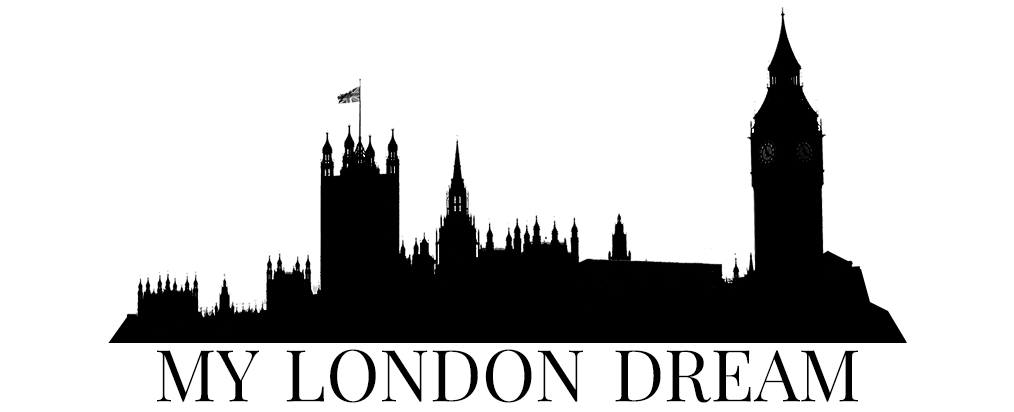 |
| Paul Cummins' installation Blood Swept Lands and Seas of Red at the Tower of London features the "Weeping Window" front and center |
What I am
about to introduce doesn’t really need much of a prelude, because it really is
poignant enough to stand on its own. Today marks Remembrance Day, in honor of
November 11th 1918, when at 11 a.m., World War I came to its end.
There can be no sight more moving, however, than
the Tower of London installation, Blood Swept Lands and Seas of Red. 100
years after World War I, the installation is comprised of 888,246 ceramic
poppies created by ceramic artist Paul Cummins. Each poppy represents one death
in the British or Commonwealth forces in World War I. A staggering figure on
its own, it is even more alarming when visually represented.
Stage
designer Tom Piper was responsible for the setting, with the end result
producing an undulating effect. The poppies are a sea of red, creating a very
uncanny and very unsettling resemblance to blood. The poppies fill the Tower of
London’s 16-acre moat and pour out of what is called the “Weeping Window” in
deliberate artistic dexterity.
 |
| Stage designer Tom Piper was responsible for giving the poppies their wavelike effect, producing what resembles a sea of blood |
Over 200
volunteers a day planted 50 poppies per square meter and the turnout amassed almost 5 million visitors. The handmade poppies (which took three days each to
make) were made available to purchase by the public and sold out, with 10
percent of proceeds and all net proceeds shared equally amongst six service
charities. Buyers will then be sent their poppies by January 2015.
 |
| The "Wave" of poppies |
The installation has been so popular that a
public campaign wanted to make the display permanent, but 1,000 volunteers will
gather tomorrow (November the 12th) to start
dismantling and cleaning the poppies. However, you will still be able to see
two sections, the "Wave" of poppies and the "Weeping Window," at the Tower of
London until the end of November. The "Wave" and the "Weeping Window" will then be transported across England to different museums until they settle
in their final resting place at the Imperial War Museum in London and
Manchester in 2018.
 |
| My dad, a retired U.S. Army veteran who served for 25 years, looking out over the poppies |
We all know that a picture is worth a thousand words, just like the above photograph of my dad. It was really special to be able to experience the installation with my parents while they were visiting me in London over the weekend. The "Army brat," military lifestyle has always been a pervasive factor for me and I cannot express enough how grateful I am for those who are currently serving or who have previously served in the armed forces.
 |
| The extreme contrast of new and old is evident as the Tower of London is pictured with the Gherkin in the background |
I hope that the photographs of my visit to the installation speak for themselves. I was rendered speechless by the vast scope of the project and I’m sure you will be too. Its transitory nature acts as a reminder that life is exactly that: transient, impermanent, fleeting. Each one of those 888,246 men died for us, so we owe it to them to well and truly live.
The idea to fill the Tower of London’s moat with poppies came to
Cummins after discovering a poem written by an unknown soldier. Sent home
before the soldier's death, the poem is also how the installation received its
name:
Blood Swept Lands and Seas of Red
The blood swept lands and seas of red,
Where angels dare to tread.
As God cried a tear of pain as the angels fell,
Again and again.
As the tears of mine fell to the ground
To sleep with the flowers of red
As any be dead
My children see and work through fields of my
Own with corn and wheat,
Blessed by love so far from pain of my resting
Fields so far from my love.
It be time to put my hand up and end this pain
Of living hell. to see the people around me
Fall someone angel as the mist falls around
And the rain so thick with black thunder I hear
Over the clouds, to sleep forever and kiss
The flower of my people gone before time
To sleep and cry no more
I put my hand up and see the land of red,
This is my time to go over,
I may not come back
So sleep, kiss the boys for me
 |
| The view of City Hall and the Shard in all of their glistening modernity can be seen opposite the historic Tower of London |
To donate to the Poppy Appeal, which is devoted to raising money to
help servicemen and women, veterans, and their families, get involved here. If
you’re interested in learning about how the poppies were made, read all about
the process here. Cummins actually
lost one of his fingers in an industrial roller while working on the poppies!















No comments:
Post a Comment